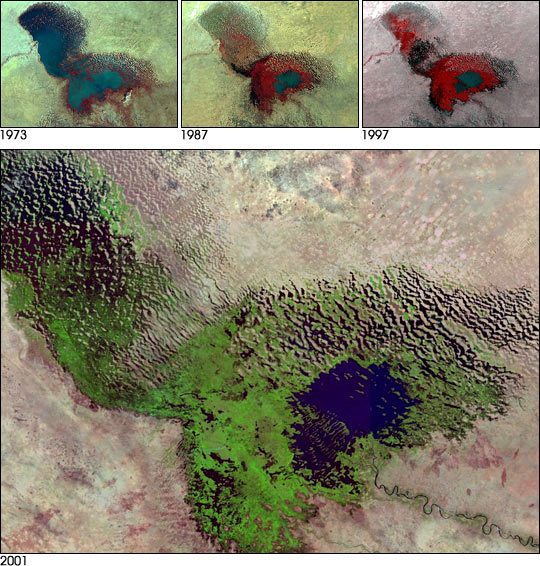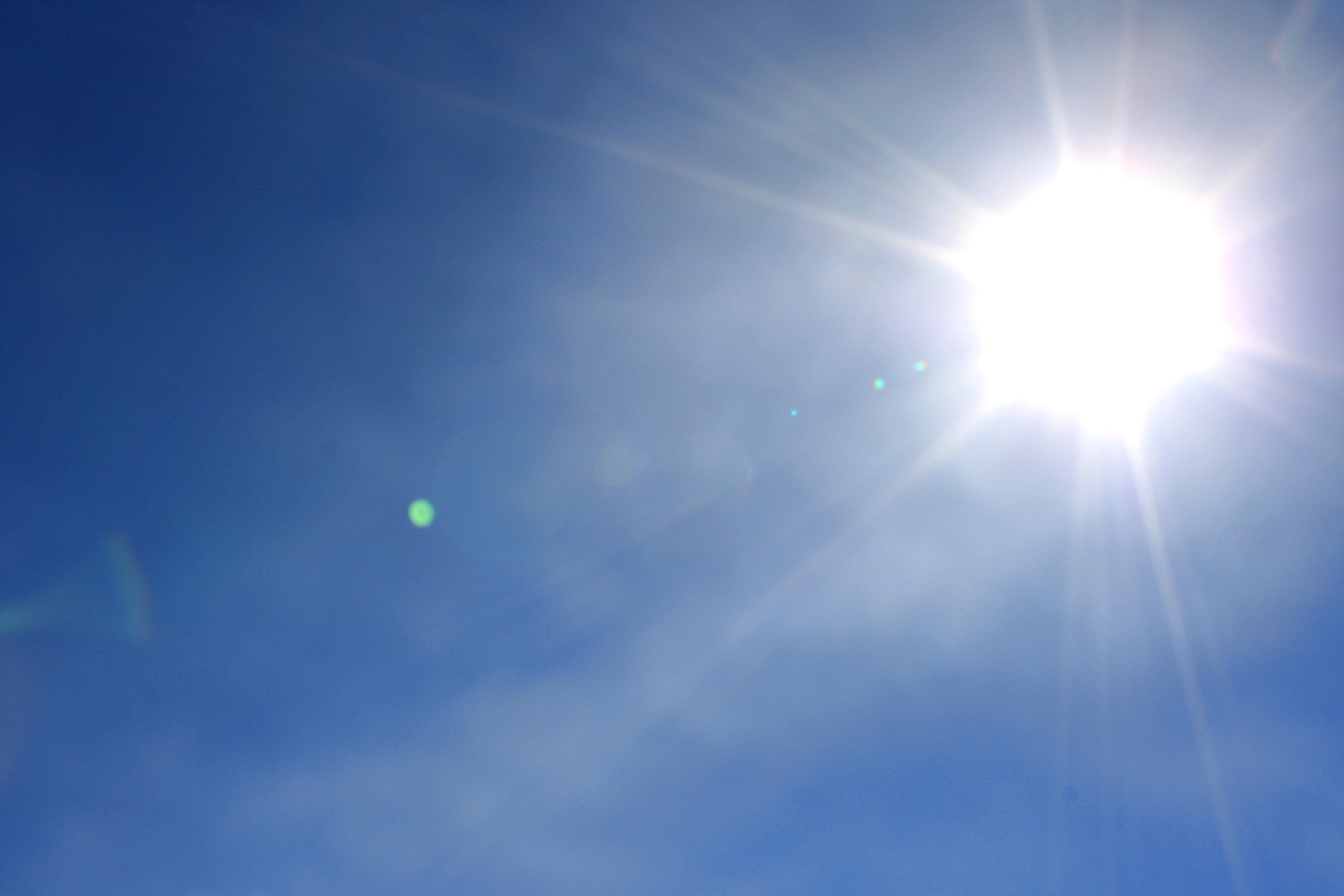
The world’s 37 largest aquifers are shrinking. These waters of life support 2 billion people. Scientists and governments worry about overstress, a condition simply stated: more water goes out than comes in. Unlike aboveground water resources, such as Lake Mead or Lake Chad, whose shrinkage is more discernible, aquifers are difficult to measure. But a recent study by NASA confirms fears. According to Jerad Bales, chief scientist for water of US Geological Survey, issues of land ownership and water rights may be challenged by public need. Utrecht, Netherlands, is the location for the Rikswaterstaat, and also Department of Physical Geography at Utrecht University where Marc Bierkens’ research indicates that 20% of the world’s population is sustained by crops irrigated by groundwater. What can and should we do now, to protect water resources (especially aquifers) for the future?
Building the World Blog by Kathleen Lusk Brooke and Zoe G Quinn is licensed under a Creative Commons Attribution-NonCommercial-NoDerivs 3.0 Unported License.
For more:
“World’s aquifers draining rapidly,” by Felicity Barringer, June 26, 2015, New York Times. Suggested by Zoe G. Quinn with appreciation.







